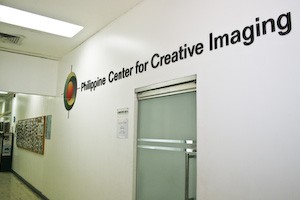3D Animation: Blender for Beginners 2.0
This hands-on course introduces learners to the fundamentals of 3D content creation using Blender. Participants will explore the full production pipeline—from concept development to post-production. Students will learn how to develop a narrative or theme that guides their designs, model complex objects using basic geometric shapes, apply materials and shaders for visual realism, animate scenes using keyframes and motion curves, and enhance their projects with effective lighting and rendering techniques. The course concludes with post-production strategies, including adding sound, narration, and final visual adjustments to create polished 3D content. Ideal for aspiring 3D artists, designers, and content creators, this course provides a solid foundation in Blender’s powerful toolset.
Method of Teaching
This course is available in both Face-to-Face and Online formats. Online classes are conducted via Zoom and managed through Google Classroom. Students are required to download Blender (Blender Downloadable Link) to participate in hands-on activities.
Course Outline:
- Concept Development: Understand the process of developing a theme or narrative and how it defines the requirements of the 3D content.
- Modeling: Begin modeling by adding basic geometric shapes (like cubes, spheres, or cylinders). These primitives serve as the foundation for more complex models. Image of sketches from the Concept Development stage serves as reference.
Switch to Edit Mode to manipulate the mesh. Here, you can select vertices, edges, or faces and use tools like Extrude, Scale, Rotate, and Grab to modify the shape. Other tools like loop cuts serve to add detail and define shapes. - Shading: Define the type of object a 3D object is by using the Shader Editor. Create materials that define how surfaces interact with light and appear visually.
- Animation: Understand the use of the Timeline and keyframes. Fine tune the motion of your objects by adjusting the function curves. Apply the principles of animation such as anticipation, slow in and slow out to enhance the quality of the moveents.
- Lighting and Rendering: Set up lighting in the scene to enhance mood and visibility. Different lighting techniques can create various effects and atmospheres. Render the scene or animation to produce and image or video.
- Post-Production: Understand the finishing process to complete the content, whether it’s adding sound effects, titling or narration
Requirements:
Blender, a versatile 3D software, runs on Windows, macOS, and Linux. It needs a multi-core CPU, 8GB+ RAM, and ideally a dedicated GPU for smooth performance. A display with 1280×768 resolution is recommended, and SSDs are preferred for faster loading. A three-button mouse or pen/tablet is best for navigation. Always check specific version requirements for optimal performance.
Benefits:
-
- Digital Certificate of Completion
- Lifetime/Unlimited Free Refresher (You may attend again the same course, free of charge, on a space-available basis.)
- Alumni discount


